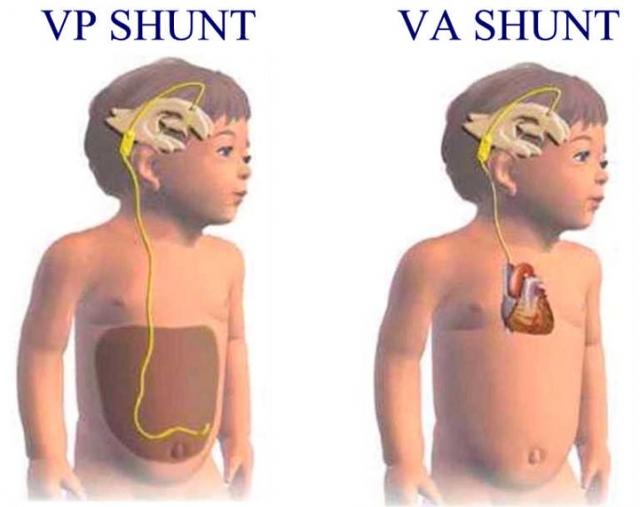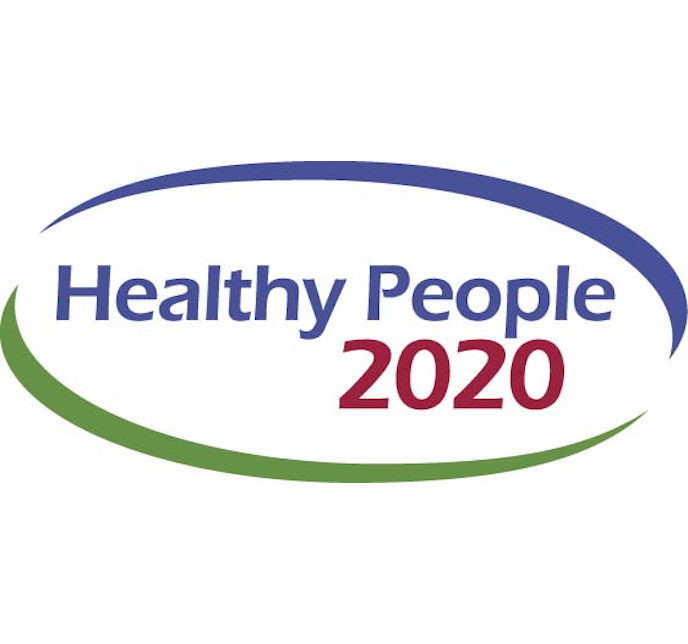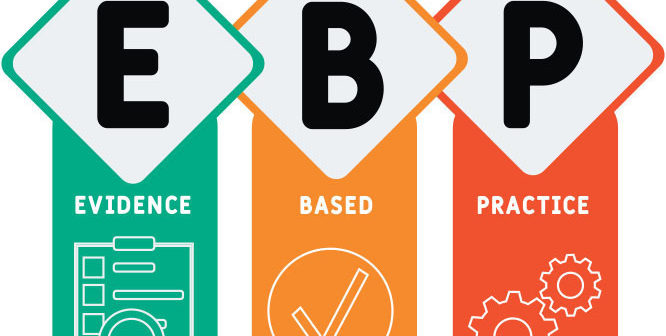Grief: Definition and physical symptoms
Grief: Definition and physical symptoms
(Grief: Definition and physical symptoms) Grief: define and describe the physical symptoms, psychological and social responses and its spiritual aspects.
Summarize the types of grief.
Although death is a universal human experience, please specify culture-specific considerations that exist regarding attitudes toward the loss of a loved one, including age (child or older adult) and cause of death.
Submission Instructions: Your initial post should be at least 500 words, formatted and cited in current APA style with support from at least 2 academic sources.

Grief: Definition and Description
Grief is a complex emotional response to loss, particularly the loss of a loved one. It encompasses a range of physical symptoms, psychological and social responses, and spiritual aspects. Physically, individuals experiencing grief may exhibit symptoms such as fatigue, insomnia, changes in appetite, and somatic complaints like headaches or gastrointestinal issues. These physical manifestations can significantly affect daily functioning and overall health. Psychologically, grief can lead to feelings of sadness, anger, guilt, anxiety, and confusion. These emotions can vary in intensity and duration, depending on individual circumstances and coping mechanisms.
Socially, grief can impact relationships and interactions with others. Individuals may withdraw from social activities or feel disconnected from friends and family. Some may seek support from others, while others may feel isolated in their pain. The social response to grief can also be influenced by the reactions of those around the grieving person. Supportive environments can facilitate healing, while unsupportive or dismissive reactions can exacerbate feelings of loneliness and despair. Furthermore, the spiritual aspect of grief involves the search for meaning and understanding in the face of loss. Individuals may question their beliefs, seek comfort through spirituality, or experience a sense of connection to something greater than themselves.
Types of Grief
There are various types of grief, each characterized by unique features. Normal grief, often referred to as uncomplicated grief, typically follows a predictable pattern of emotions and can gradually diminish over time. Complicated grief, on the other hand, may involve prolonged and intense grief that disrupts daily life. This type of grief may require professional intervention. Anticipatory grief occurs before a loss, often experienced by those caring for individuals with terminal illnesses. This type allows individuals to process feelings of loss in advance, potentially mitigating the impact of the actual loss. Other forms of grief include disenfranchised grief, where individuals may feel their grief is not recognized or validated by society, and cumulative grief, where individuals experience multiple losses in a short period.
Cultural Considerations
Although death is a universal human experience, cultural considerations significantly influence attitudes toward the loss of a loved one. Different cultures have unique rituals, practices, and beliefs surrounding death and mourning. For instance, in some cultures, the mourning period is strictly defined, while others may allow for more fluid expressions of grief. Age and cause of death also play critical roles in shaping the grieving process. The loss of a child is often viewed with heightened sensitivity and may evoke more intense societal responses than the death of an older adult. Similarly, deaths due to traumatic events, such as accidents or violence, may carry different cultural implications compared to deaths resulting from natural causes, such as illness or old age.
Conclusion
Grief is a multifaceted emotional experience with physical, psychological, social, and spiritual dimensions. Recognizing the various types of grief and understanding the cultural context surrounding loss can aid healthcare professionals and individuals in providing compassionate support to those in mourning. Grief is not only a personal experience but also one that is influenced by the broader cultural framework in which it occurs. Thus, sensitivity to cultural variations in grief responses is essential in offering effective support and care.
References
Bowlby, J. (1980). Attachment and Loss: Vol. 3. Loss: Sadness and Depression. Basic Books.
Link: https://www.amazon.com/Attachment-Loss-3-Depression-Clinical/dp/0465032404
Worden, J. W. (2009). Grief Counseling and Grief Therapy: A Handbook for the Mental Health Practitioner (4th ed.). Springer Publishing Company.
Link: https://www.springerpub.com/grief-counseling-and-grief-therapy-4th-edition-9780826110341.html


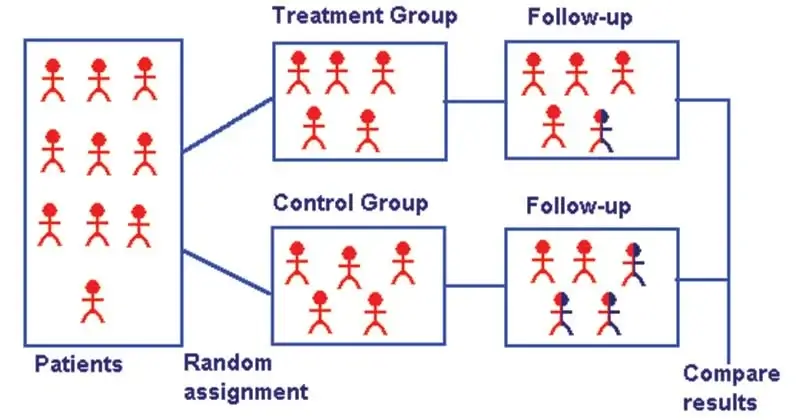

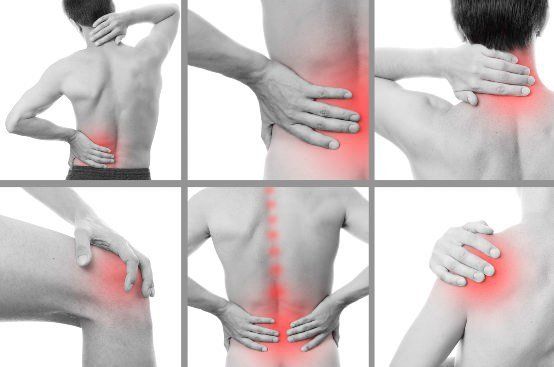 The body is constantly sending signals about its health. One of the most easily recognized signals is pain. Musculoskeletal conditions comprise one of the leading causes of severe long-term pain in patients. The musculoskeletal system is an elaborate system of interconnected levers that provides the body with support and mobility. Because of the interconnectedness of the musculoskeletal system, identifying the causes of pain can be challenging. Accurately interpreting the cause of musculoskeletal pain requires an assessment process informed by patient history and physical exams.
The body is constantly sending signals about its health. One of the most easily recognized signals is pain. Musculoskeletal conditions comprise one of the leading causes of severe long-term pain in patients. The musculoskeletal system is an elaborate system of interconnected levers that provides the body with support and mobility. Because of the interconnectedness of the musculoskeletal system, identifying the causes of pain can be challenging. Accurately interpreting the cause of musculoskeletal pain requires an assessment process informed by patient history and physical exams.